Processed oils, linked to a host of health issues, tend to abound in our cooking. Ditch-the-oil sweating method helps cook veggies in soups, curries, and more wihtout adding any oil and without compromizing on taste.

What does "sweating" mean in the context of cooking?
Sweating veggies entails cooking vegetables over medium (or low-medium) heat slowly in a small amount of oil till vegetables soften and become slightly translucent. During the process, you can often notice beads of perspiration on veggies--hence the name sweating. Now, let’s ditch the little (or big) amount of oil and use vegetable broth or plain old H2O, i.e. water, to sweat vegetables.
Are you wondering, why do you need to go through the rigamarole of sweating veggies? Well, if you have some stovetop-cooking experience, you have likely already done some "veggie sweating."
During the process of sweating, veggies are added to heated oil and stirred often. The flavors in veggies get concentrated and once veggies begin to soften, those concentrated flavors get mixed to create a fragrant and flavor-bursting base. So, one use of the technique is to set a (flavorful) stage for a Star Ingredient-- added at a later stage in making a dish. For example, think lentil/bean soups where sweated veggies create a flavorful backdrop; think curries where a sweated-veggie base makes the main veggie or protein shine. In veggie soups that simmer for a long time (i.e. minestrone), the technique allows for softening the veggies and mixing of flavors before adding liquid. Therefore, sweating is used as a beginning step in a multi-step recipe.
Sweating vs. sautéing
By the way, sweating and sautéing are two different cooking techniques. In sweating, veggies are cooked slowly on medium heat to create an aromatic base and is an initial prep step before moving onto the next step in cooking the dish. During the sweating process, it is important that veggies don't become brown so as not to interfere with the color of the end recipe. Sautéing , on the other hand, is a cooking technique where ingredients are cooked quickly over high heat to brown veggies or protein, which often are the main dish.
Why ditch-the-oil veggie sweating?
I have been using different kinds of no-oil cooking methods for the past 17 years. I have not invented these methods; in this blog post (and a few more to come) I share my interpretation and practices. In fact, some doctors and many hospitals in U.S. recommend reducing or removing oil in cooking. After my husband's heart surgeries, cooking without oil was mandatory for a few weeks. However, I had been using this cooking method a great deal even prior to my husband's surgeries.
I try to avoid heating oils in my cooking as it is really easy to heat up different types of oils beyond their smoking points when sweating or sautéing. Why is that bad? Heating oils beyond smoking point may produce health-harming chemicals in oil (more on this later). Additionally, I don't have to clean all that gunk on my kitchen cabinets which builds up due to frequent heating of oil.
The method
Here is how you can sweat veggies without using oil:
You need an oil-free liquid; I use Homemade Vegetable Broth, but any low-sodium veggie broth or water works well. The choice of vegetables (to be sweated) depends on requirements of the end dish. For example, for Indian curry base, I almost always use onion, garlic, and ginger. For vegetable/lentil/bean soups the choice of vegetable is usually onion/leeks, garlic, celery, and carrots. It is important to cut all the veggies about the same size for even sweating.

Heat some liquid (broth or water) in a pan till it starts steaming. It is kind of important that the liquid starts steaming before you add any veggies. Add onions, followed by garlic (and ginger, if using). Cook onions stirring often for 3-4 minutes. Then add other veggies and cook to desired softness, stirring often. If needed, cover the pan to expedite the process. Once the base veggies become soft and start to glisten, move onto the next step in cooking the dish. If at anytime veggies start sticking, add more liquid. I, usually, start with 2-4 tbsp of liquid and then add more if needed.
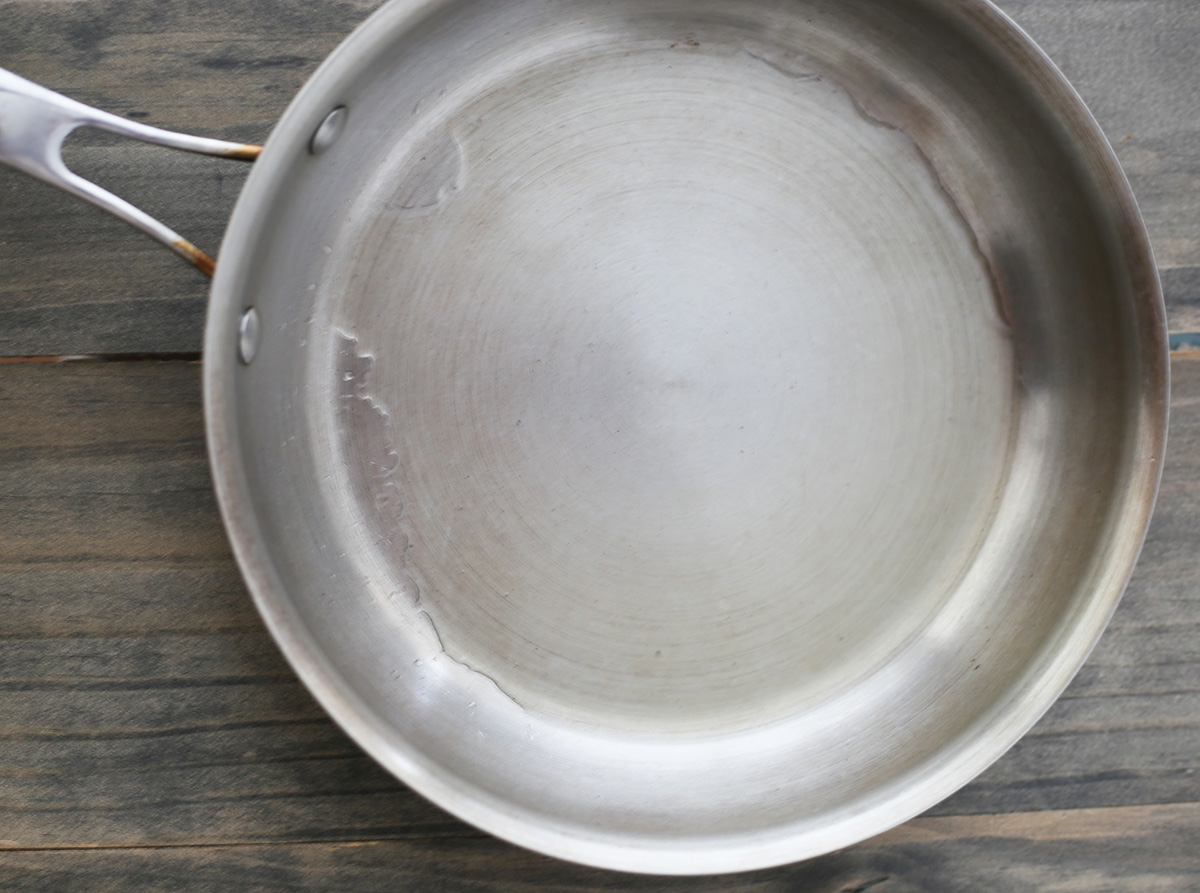




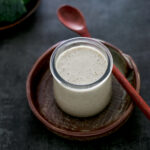





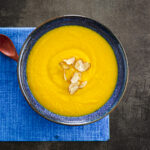
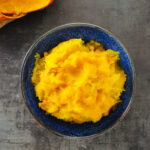
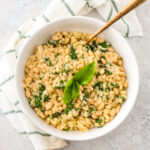
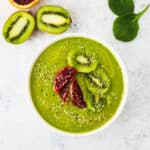
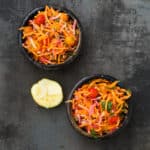
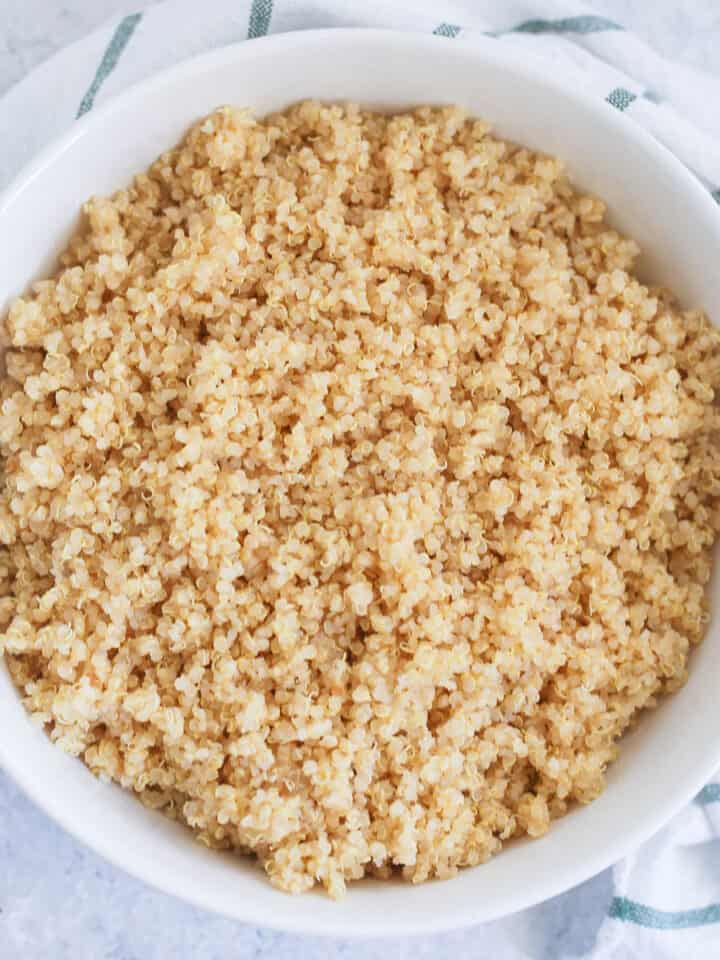
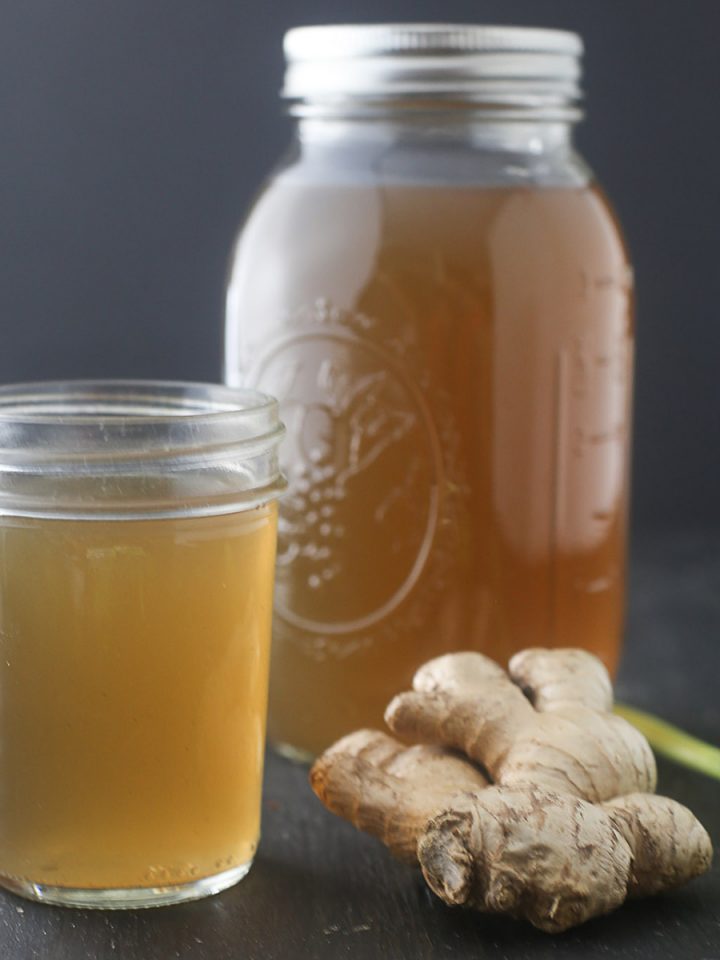

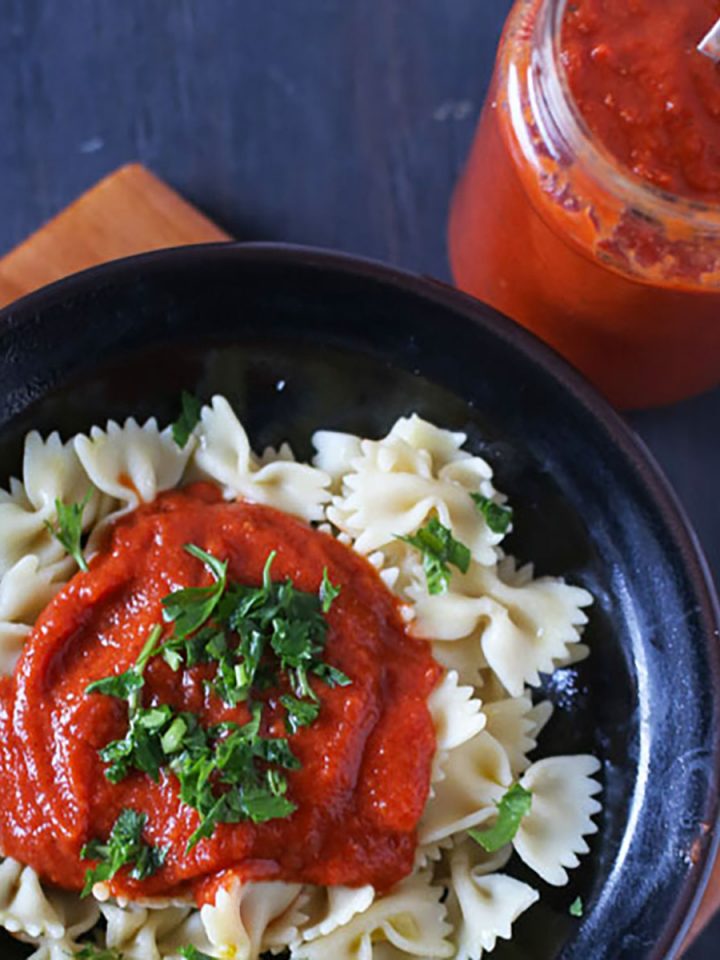
This is awesome Garima. Great tip
This is a great tip Garima!
Suma, Thank You! Please share your experience if you try this method of sweating.